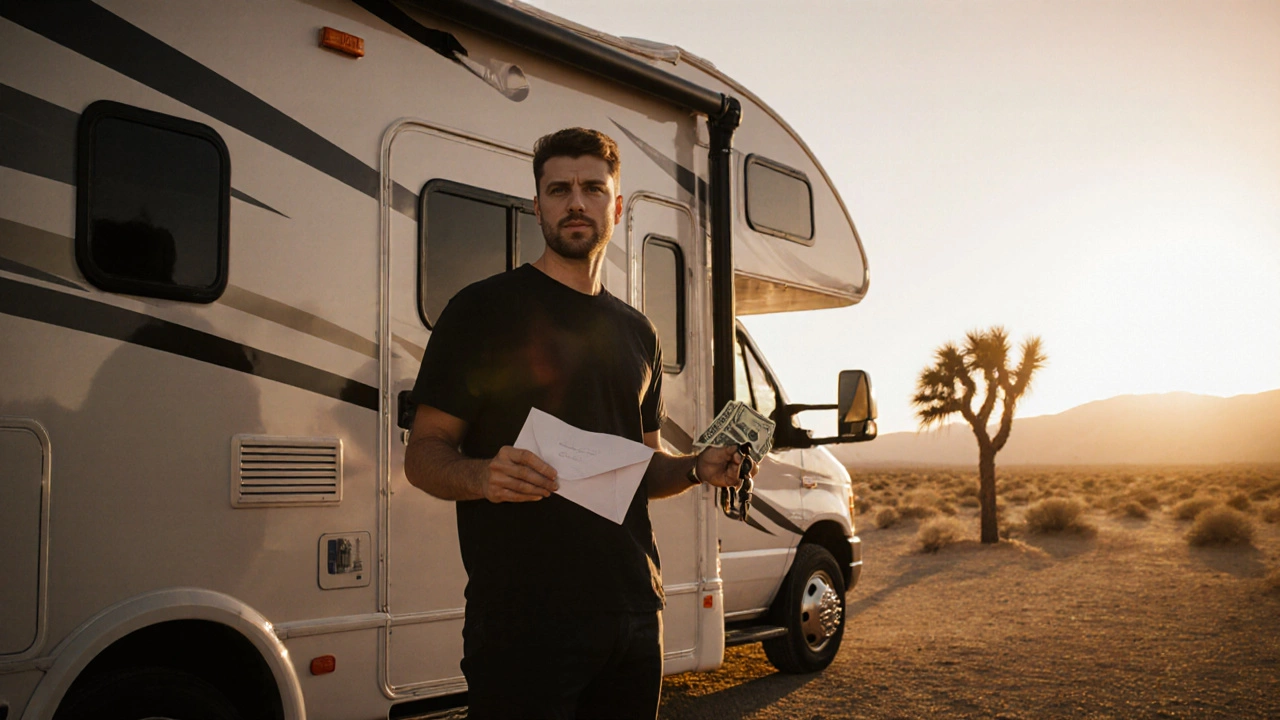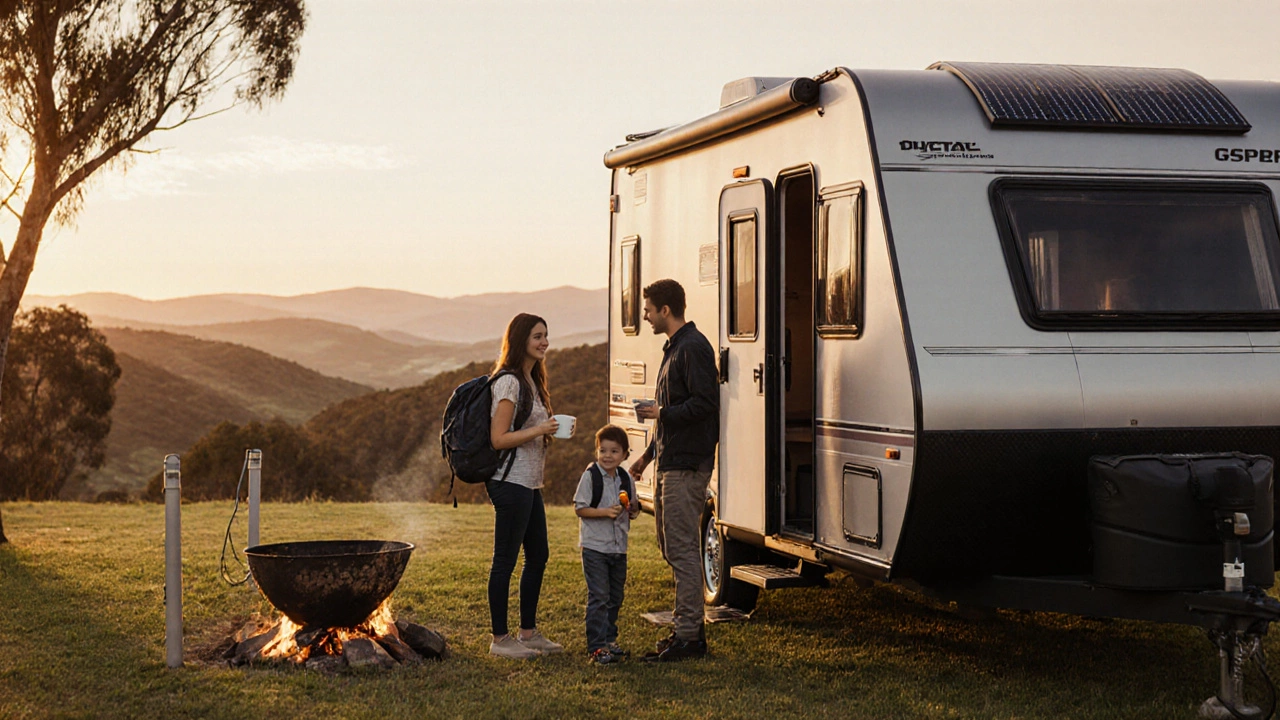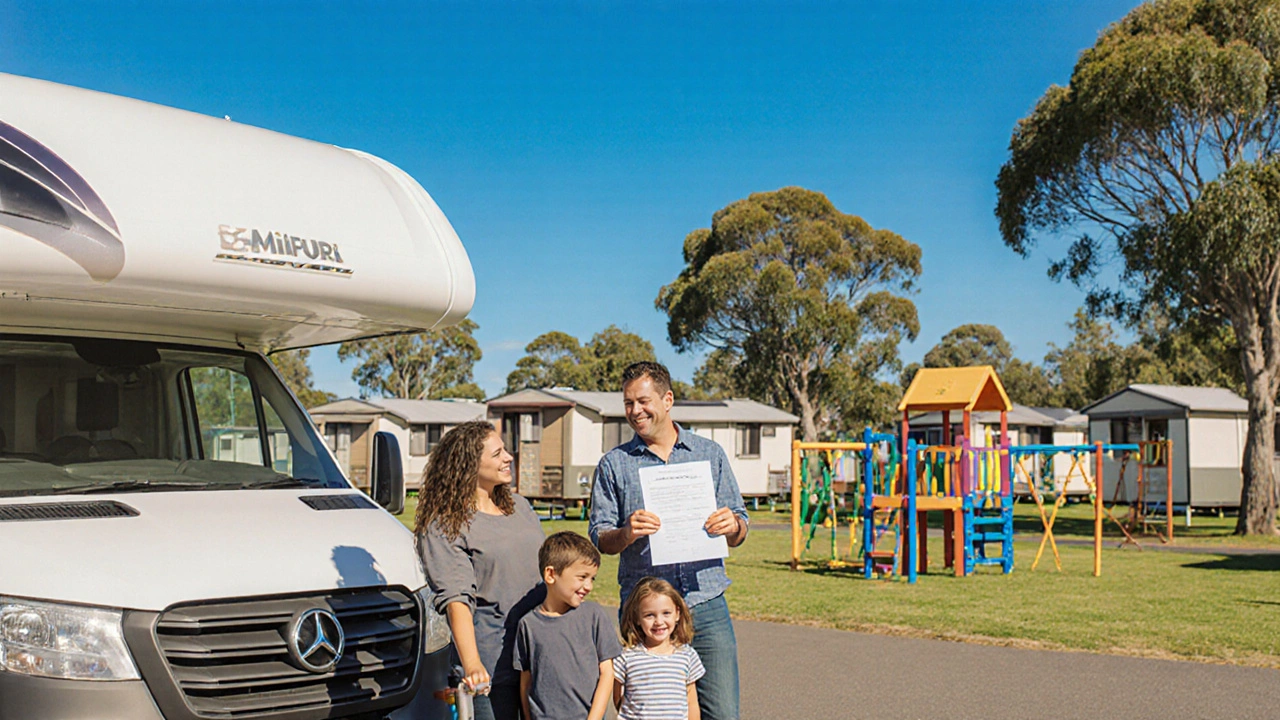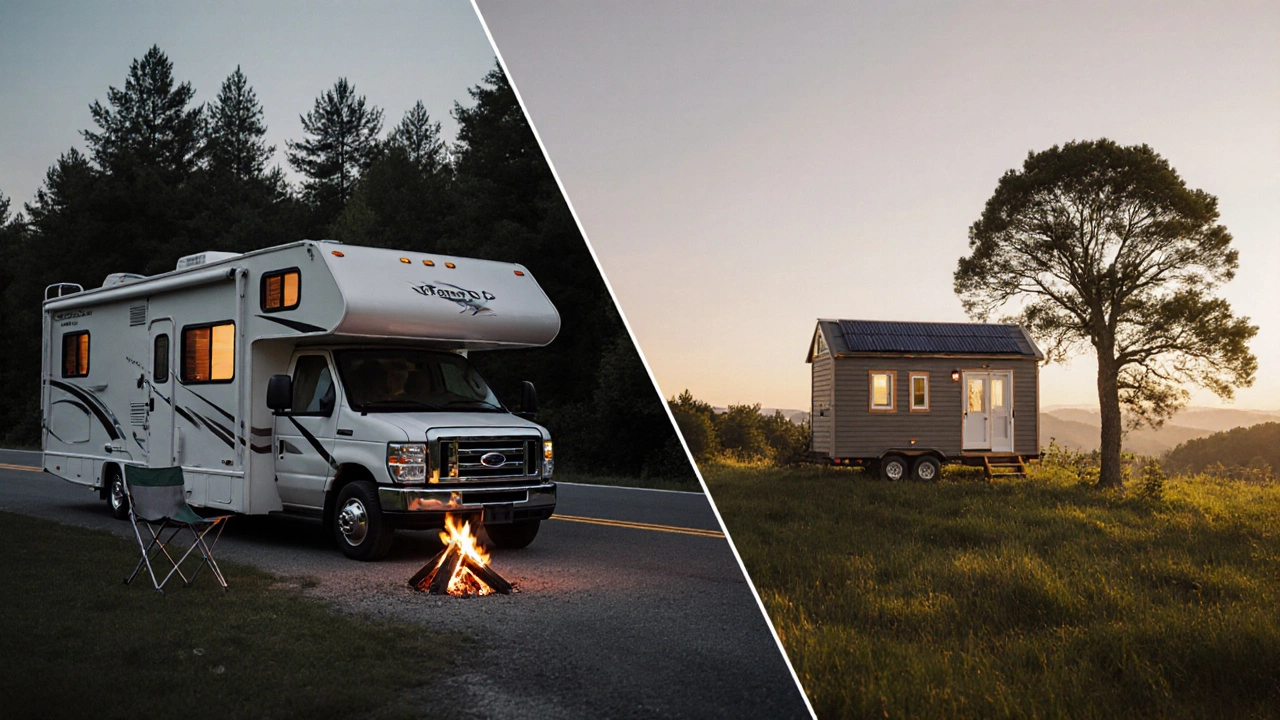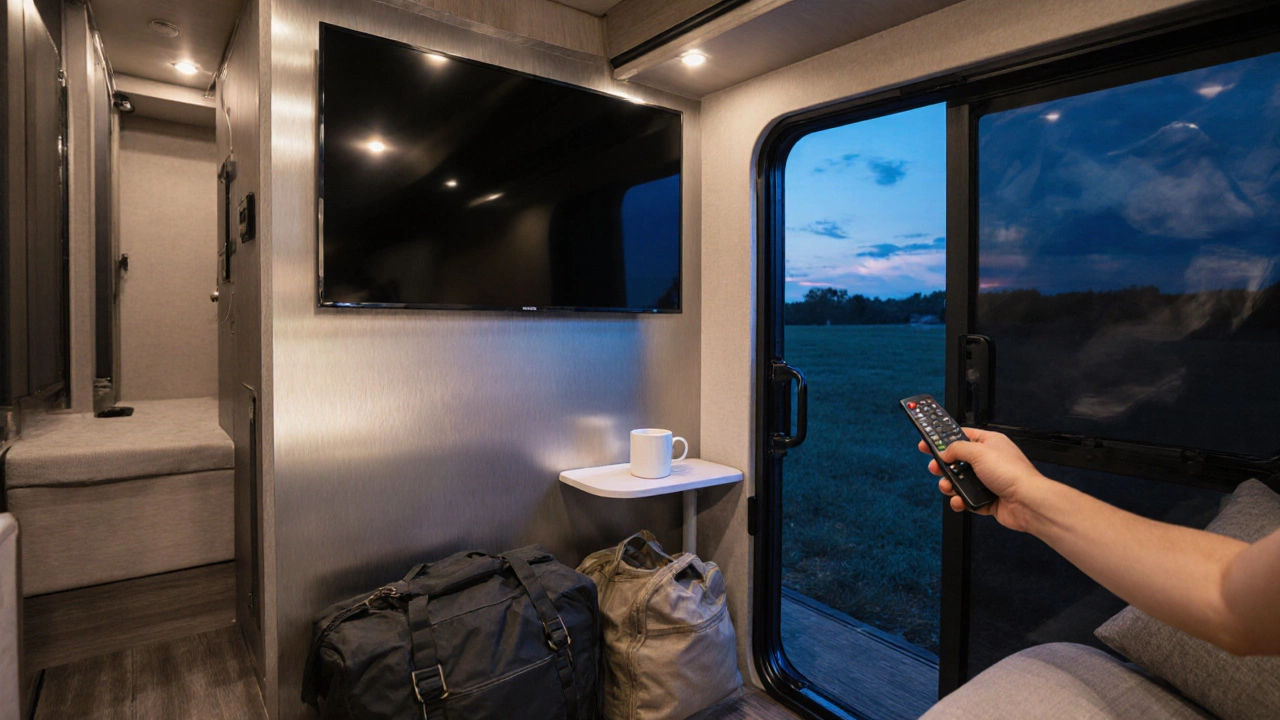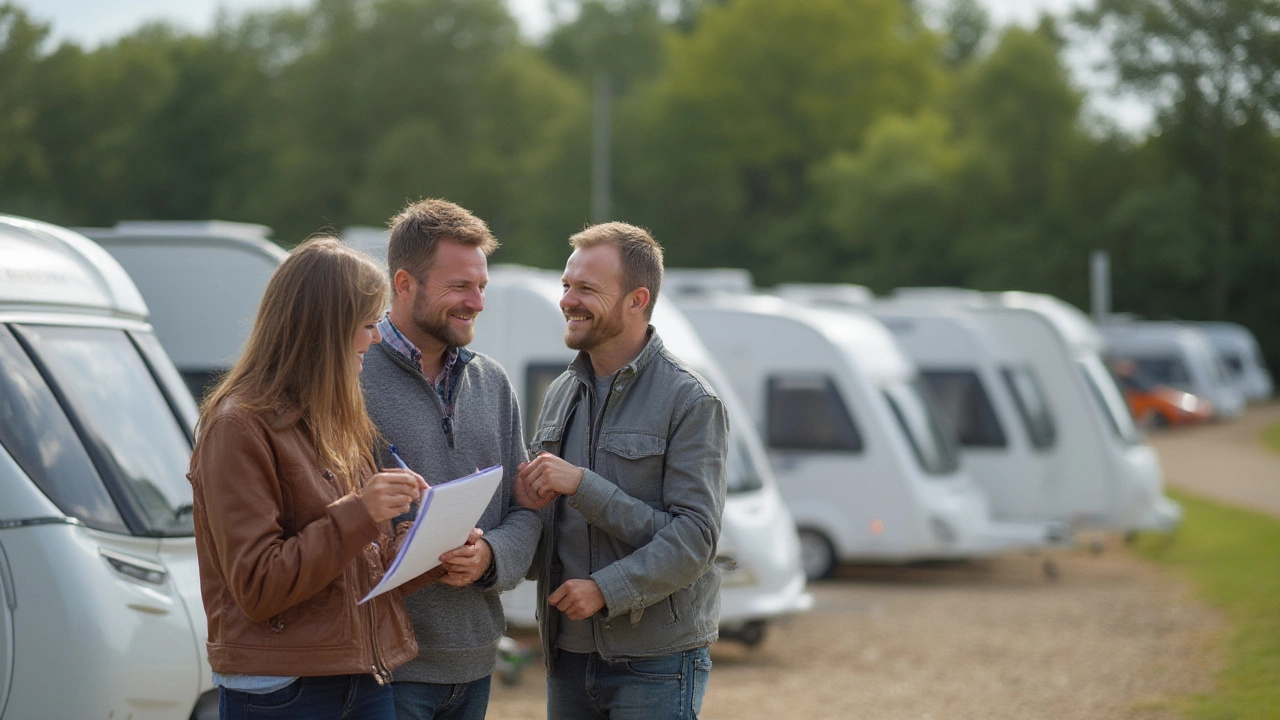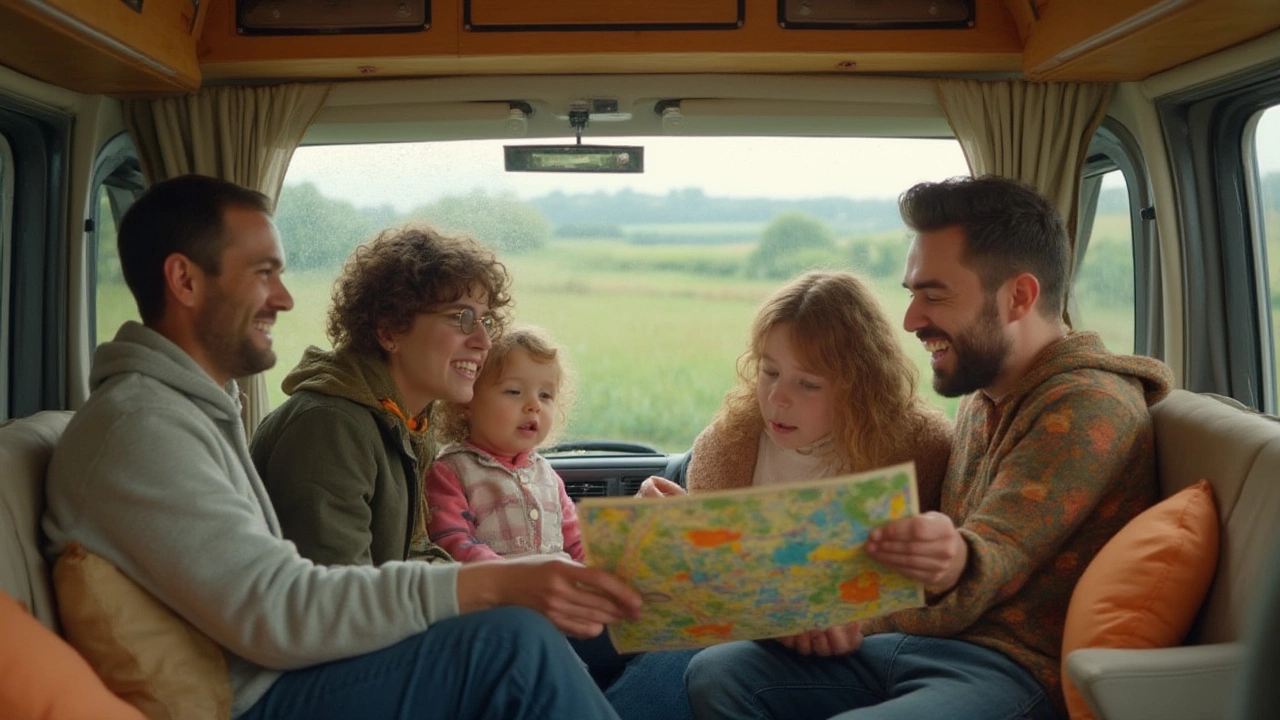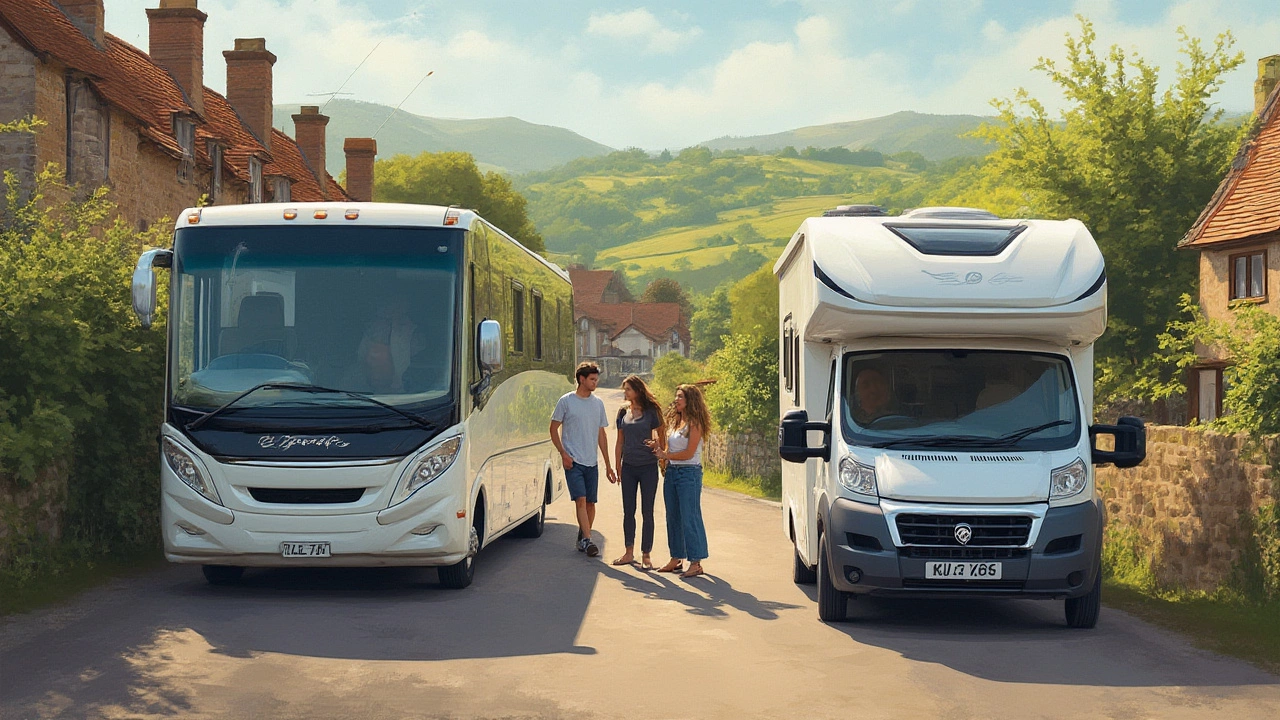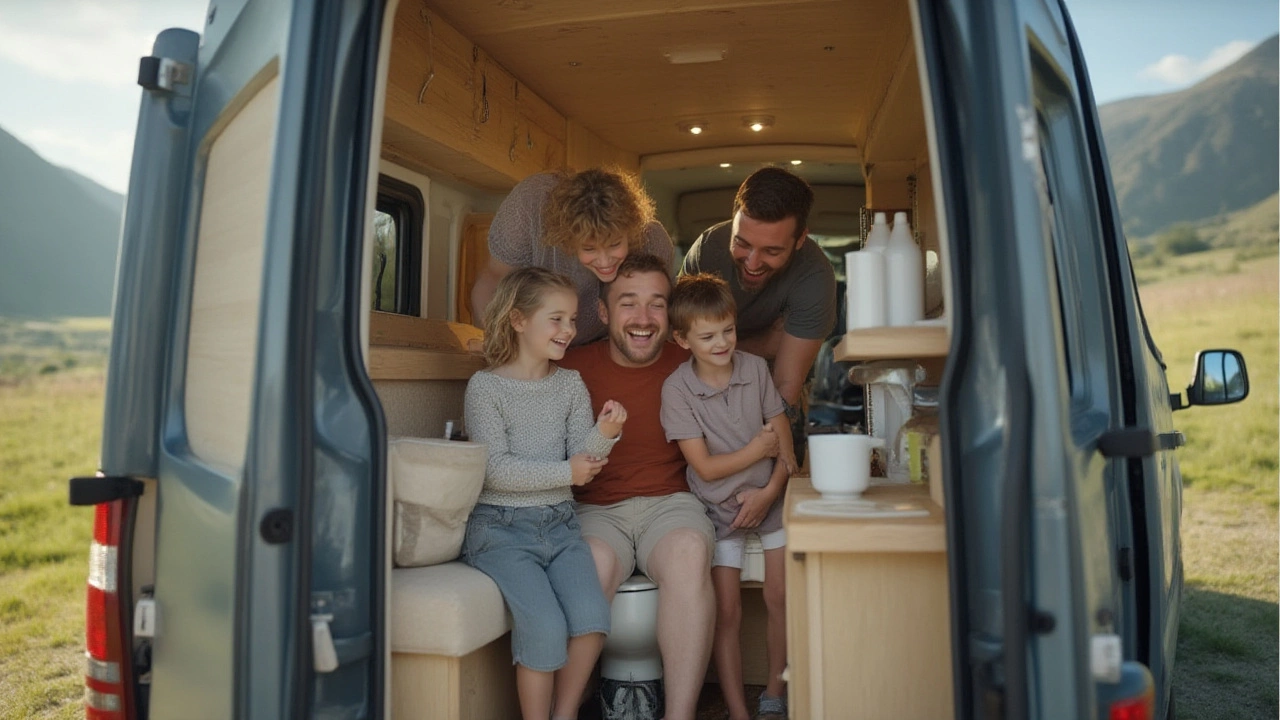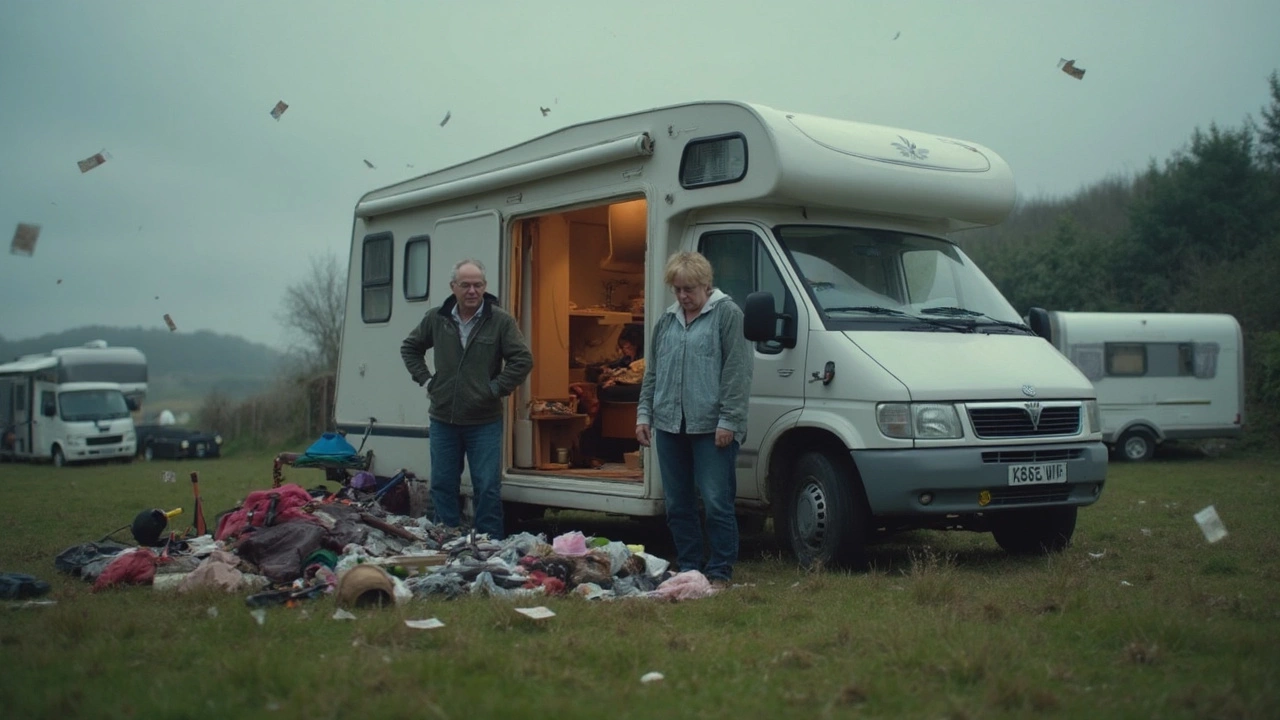RV Living: What You Need to Know Before You Hit the Road
Thinking about swapping a hotel room for a home on wheels? You’re not alone. More people are discovering the freedom of RV living, but the road isn’t always smooth. Below you’ll find straight‑forward advice on buying, using the bathroom on the move, choosing the right motorhome, and the hidden costs you might not expect.
Smart Moves When You Buy an RV
Buying an RV can feel like a big gamble, especially if you’ve never stepped inside one before. The biggest mistake most newbies make is chasing the biggest model without checking how it fits their lifestyle. Ask yourself: will you be cruising the coast, or staying mostly in one spot? A compact Class C may be perfect for weekend trips, while a larger Class A gives you space for full‑time living but costs more to run.
Another common slip‑up is ignoring the total cost of ownership. It’s not just the sticker price – you’ll pay for insurance, maintenance, fuel, and campsite fees. Before you sign, run the numbers for a year’s worth of travel. You’ll be surprised how quickly expenses add up, and you’ll avoid buyer’s remorse later.
Bathroom Basics: Can You Pee While Driving?
If you’ve ever wondered whether you can flush the toilet while the RV is rolling, the short answer is: it’s technically possible but not recommended. Most RV toilets rely on a vacuum system that works best when the vehicle is stationary. Using it on the road can cause clogs, noisy pumps, and even damage the seal.
Most seasoned road‑trippers keep a portable urinal or a bottle handy for quick stops, then empty the tank at the next campsite. It’s a small habit that saves you a lot of hassle and keeps the plumbing running smoothly. And if you’re renting a motorhome, the rental company will likely have rules about bathroom use – just check the handbook.
Camper van owners face a similar dilemma, but many vans skip a full‑size toilet altogether. Instead, they use compact cassette toilets or even portable camping toilets. The key is to know what your vehicle has and plan stops accordingly.
What About the Downsides?
RV living looks glamorous on Instagram, but it comes with hidden challenges. Space is the biggest trade‑off. Even a big Class A can feel tight once you add a kitchen, bathroom, and sleeping area. Storage hacks – like packing cubes and using roof racks – become essential.
Maintenance is another ongoing task. Roof seals, tire wear, and generator upkeep can eat into your budget if you ignore them. Schedule a check‑up before each long trip; a small fix now prevents a major breakdown later.
Finally, think about the lifestyle shift. You’ll be on the move a lot, which can be thrilling but also tiring. Plan for quiet nights at a campsite, keep a few comforts from home, and don’t forget to enjoy the freedom the RV gives you.
Ready to start your RV adventure? Use these tips as a checklist, choose a motorhome that matches your travel style, and stay aware of the practical side of life on wheels. With the right preparation, the open road can become your favorite backyard.
Is it better to finance or pay cash for an RV?
Should you pay cash or finance an RV? Learn the real costs, hidden risks, and smart strategies to make the best financial choice for your lifestyle and budget.
Is Living in a Caravan Cheap? A Detailed Cost Breakdown
Explore the true cost of caravan living, from purchase price to park fees, utilities, and hidden expenses, and see how it stacks up against renting or buying a home.
Living Full-Time at a Campground: Can You Stay Year‑Round?
Explore if you can truly live year‑round at a campground, covering legal, financial, and practical aspects for families and full‑time RVers.
RV vs Tiny Home: Which Is Cheaper to Live In?
Compare the true costs of RV living and tiny homes, covering purchase, fuel, land, insurance, and hidden expenses to decide which lifestyle saves you money.
Can a Regular TV Run in Your Motorhome? Practical Answers & Tips
Learn if a regular flat‑screen TV can run in a motorhome, covering power needs, wiring steps, common issues and when to choose a 12‑V RV TV.
Top Mistakes to Avoid When Buying an RV: Your Essential RV Buying Guide
Discover what not to do when buying an RV. Learn real-life buying mistakes, tips to avoid regrets, and advice that turns RV shopping into a smart investment.
Can You Pee in an RV While Driving? Real Answers for Road-Trippers
Wondering if you can use your RV toilet while on the move? This article unpacks the rules, safety issues, and real experiences—plus tips for handling road-trip bathroom breaks.
Class A vs Class C Motorhome: Choosing the Best RV for Your Adventures
Get the real scoop on Class A vs Class C motorhomes. Compare size, comfort, costs, and travel routines so you can find your perfect home-on-wheels.
Do Camper Vans Have Toilets? Complete Guide to Campervan Bathrooms
Not sure if camper vans have toilets? Get all the real-world answers, types, tips, and what to expect from your next van trip in this practical guide.
Unexpected Downsides of Living in an RV: What You Need to Know Before Hitting the Road
Explore the real drawbacks of RV life—from hidden costs to space problems and maintenance headaches. Don’t let wanderlust blind you to the pitfalls.
